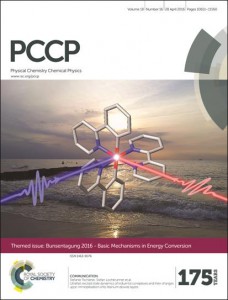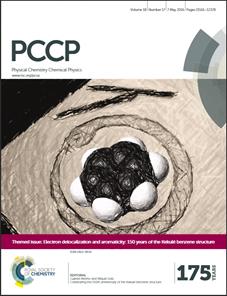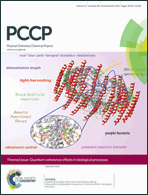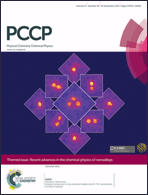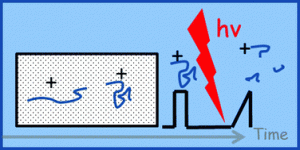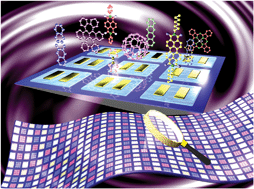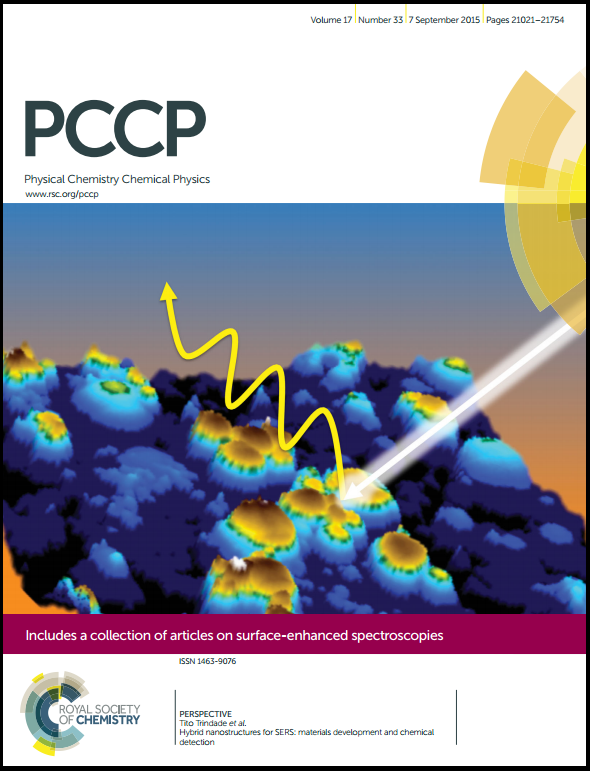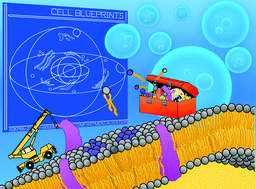Click through to read the Themed Collection online Neutron Scattering in Catalysis and Energy Materials, guest edited by Richard Catlow (University College London), Stewart Parker and Ian Silverwood (ISIS Neutron and Muon Facility, STFC). Read the Editorial for an overview of the collection.
Determination of toluene hydrogenation kinetics with neutron diffraction
Marta Falkowska, Sarayute Chansai, Haresh G. Manyar, Lynn F. Gladden, Daniel T. Bowron, Tristan G. A. Youngs and Christopher Hardacre
Journal Article
Phys. Chem. Chem. Phys., 2016,18, 17237-17243
DOI: 10.1039/C6CP01494A, Paper
An investigation of the effect of carbon support on ruthenium/carbon catalysts for lactic acid and butanone hydrogenation
Daniel R. Jones, Sarwat Iqbal, Simon A. Kondrat, Giacomo M. Lari, Peter J. Miedziak, David J. Morgan, Stewart F. Parker and Graham J. Hutchings
Journal Article
Phys. Chem. Chem. Phys., 2016,18, 17259-17264
DOI: 10.1039/C6CP01311B, Paper
Bulk nanostructure of the prototypical ‘good’ and ‘poor’ solvate ionic liquids [Li(G4)][TFSI] and [Li(G4)][NO3]
Thomas Murphy, Sam K. Callear, Nageshwar Yepuri, Karina Shimizu, Masayoshi Watanabe, José N. Canongia Lopes, Tamim Darwish, Gregory G. Warr and Rob Atkin
Journal Article
Phys. Chem. Chem. Phys., 2016,18, 17224-17236
DOI: 10.1039/C6CP00176A, Paper












